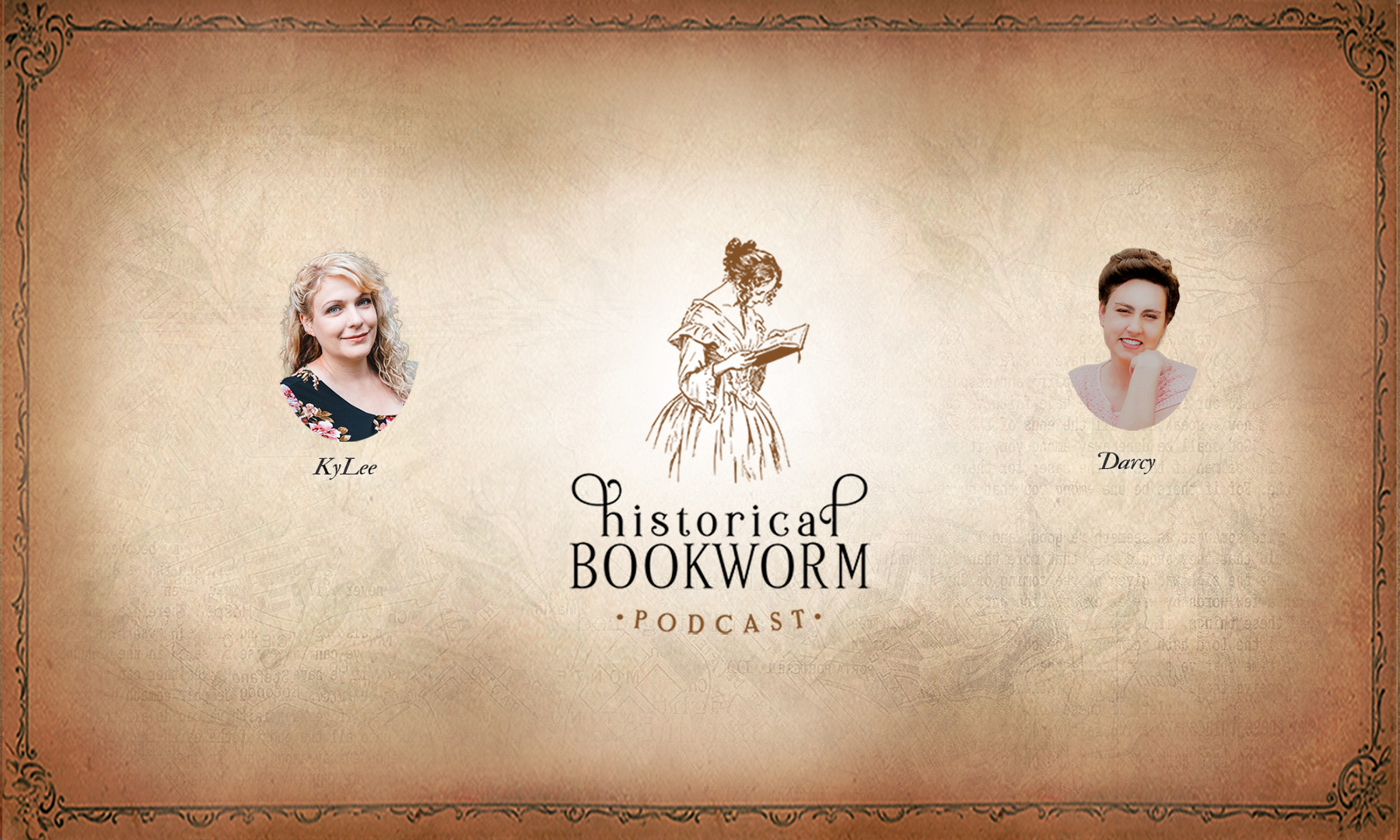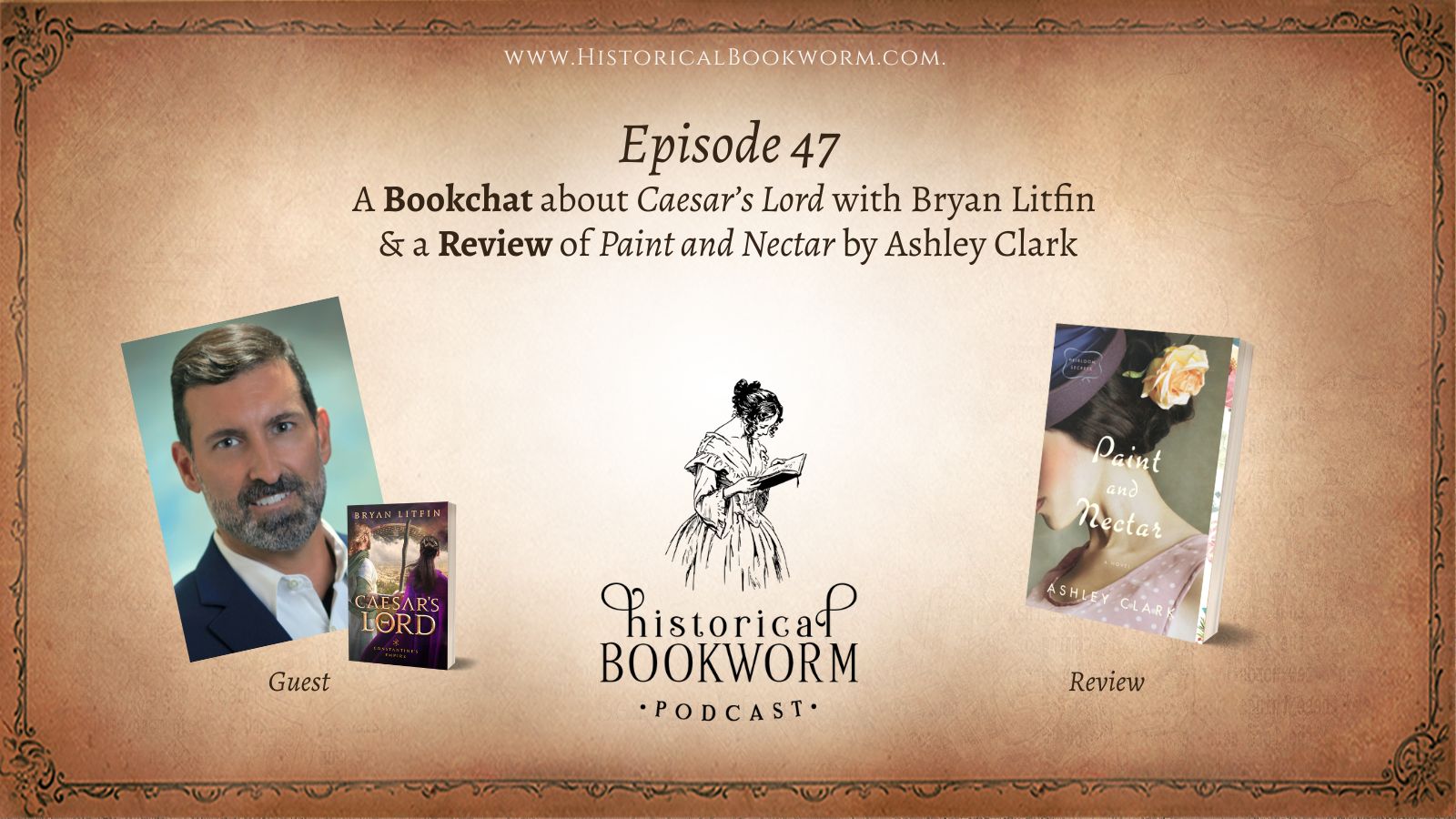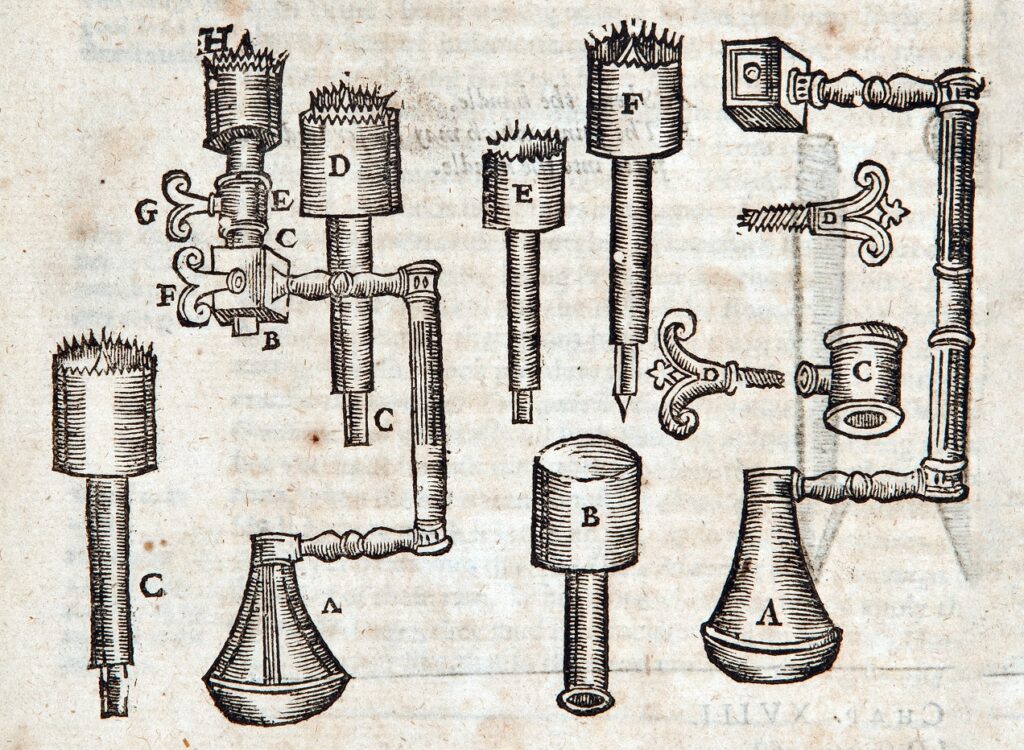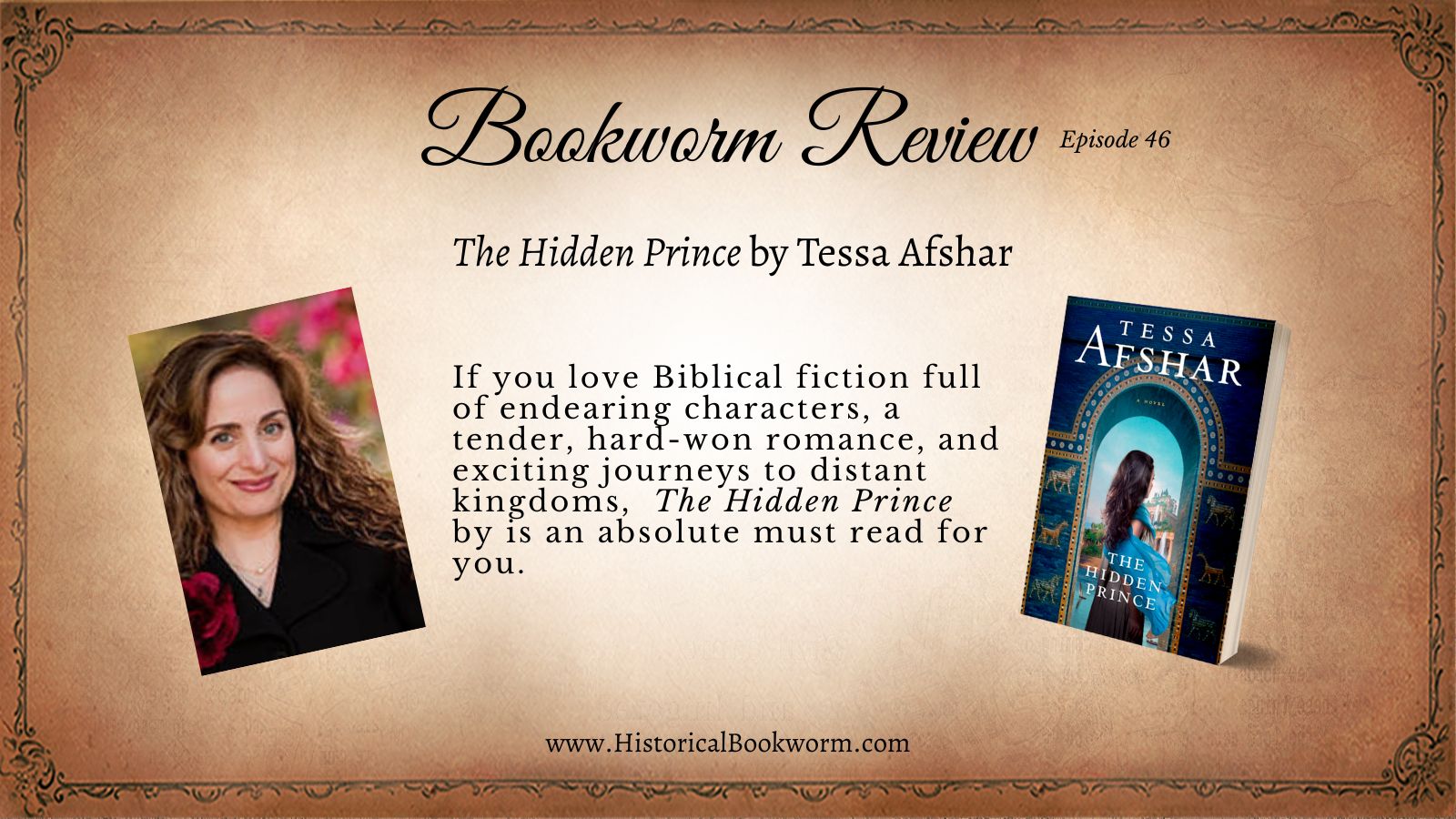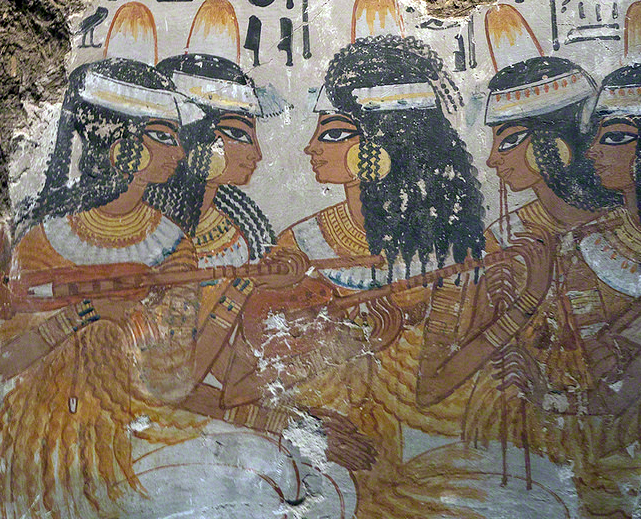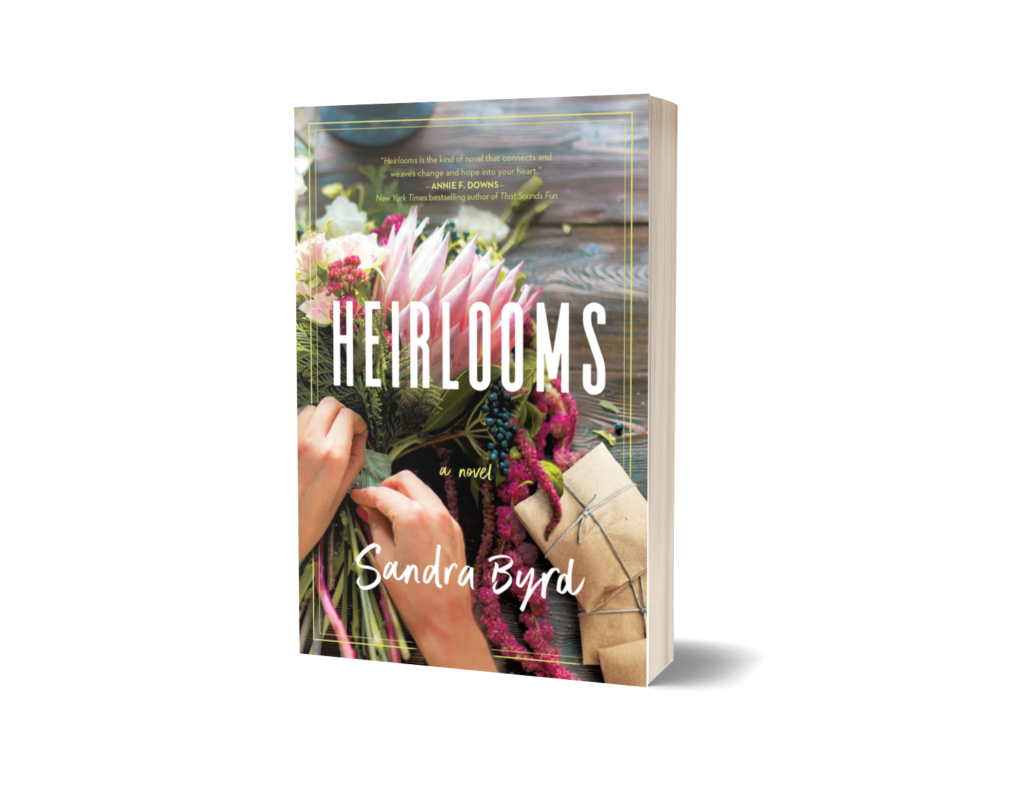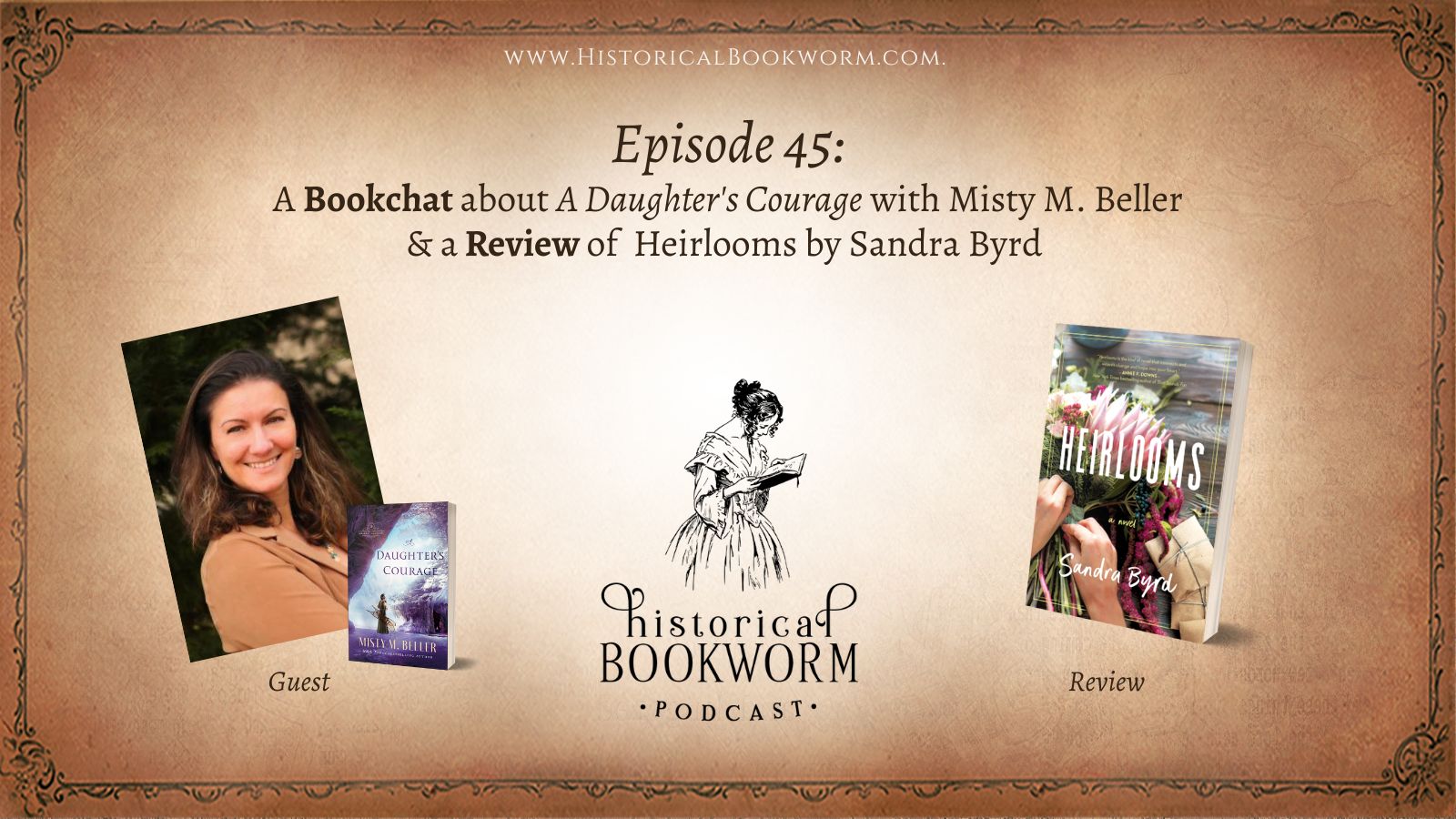Subscribe to Historical Bookworm Show Apple Podcasts | Spotify | Amazon Music | Android | Pandora | Email | RSS | Subscribe to the Historical Bookworm
Bryan Litfin joins us for a chat about Constantine’s empire, the early Church, writing, and his latest release Caesar’s Lord. Don’t forget to enter to win a copy of this great book!
For today’s Pinch of the Past, we’re looking at some strange medical practices, one of which dates back to 6500 B.C. A treatment for headaches, head wounds, and madness, trepanning was not for the faint of heart. (Full post here.)
Today’s Bookworm Review is brought to you by Angela Bell. “If you love southern fiction and nuanced dual time stories, Paint and Nectar is sure to be your cup of tea!” (Full review here.)
Connect with Bryan: Blog, Amazon, Facebook, Goodreads, and Instagram.
